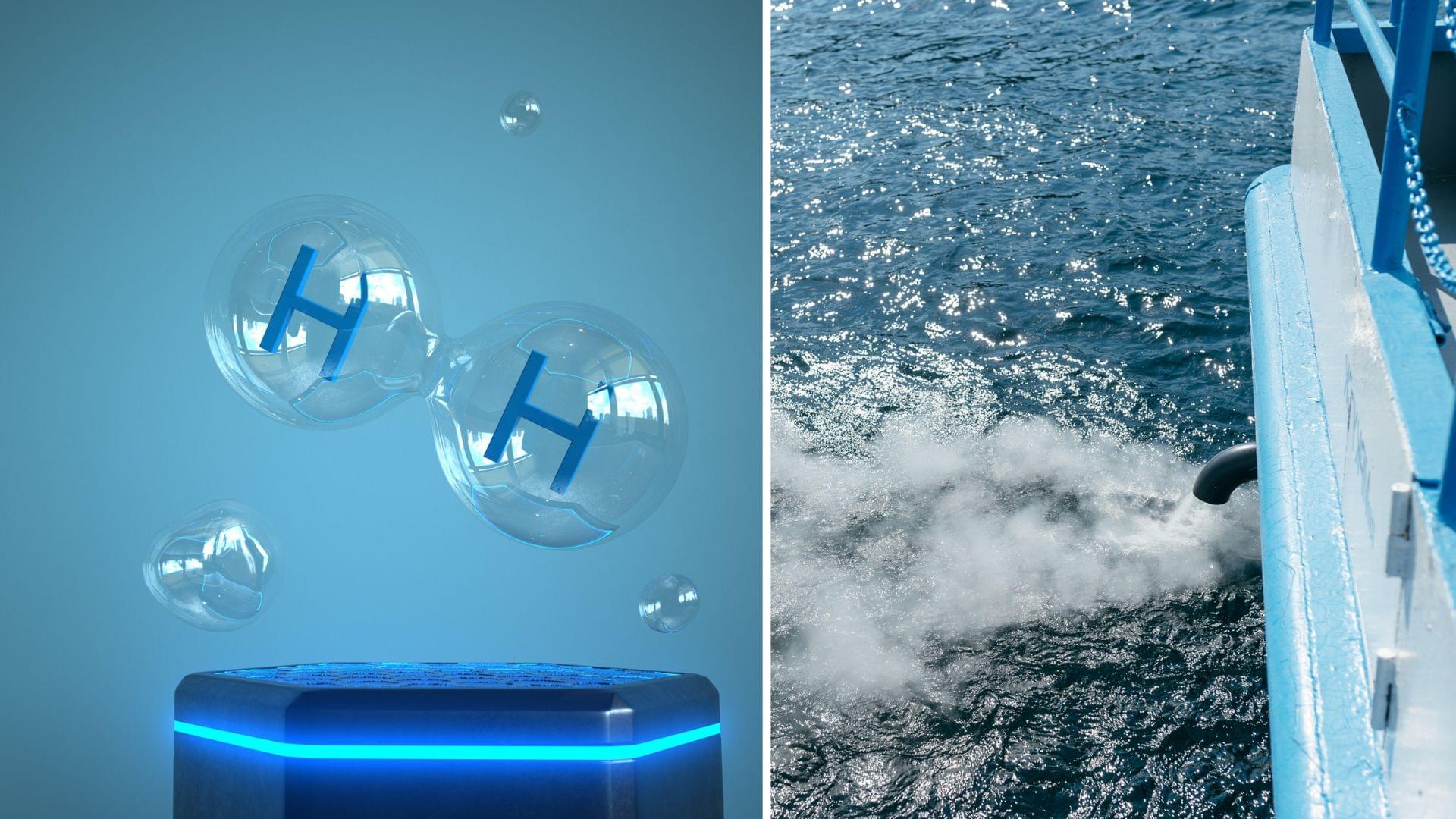A new energy industry is emerging around hydrogen made by rocks instead of renewables



A new study co-authored by Texas A&M University geologist Dr. Michael Tice has revealed potential chemical signatures of ancient Martian microbial life in rocks examined by NASA’s Perseverance rover.
The findings, published by a large international team of scientists, focus on a region of Jezero Crater known as the Bright Angel formation—a name chosen from locations in Grand Canyon National Park because of the light-colored Martian rocks. This area in Mars’s Neretva Vallis channel contains fine-grained mudstones rich in oxidized iron (rust), phosphorus, sulfur and—most notably—organic carbon. Although organic carbon, potentially from non-living sources like meteorites, has been found on Mars before, this combination of materials could have been a rich source of energy for early microorganisms.
“When the rover entered Bright Angel and started measuring the compositions of the local rocks, the team was immediately struck by how different they were from what we had seen before,” said Tice, a geobiologist and astrobiologist in the Department of Geology and Geophysics.
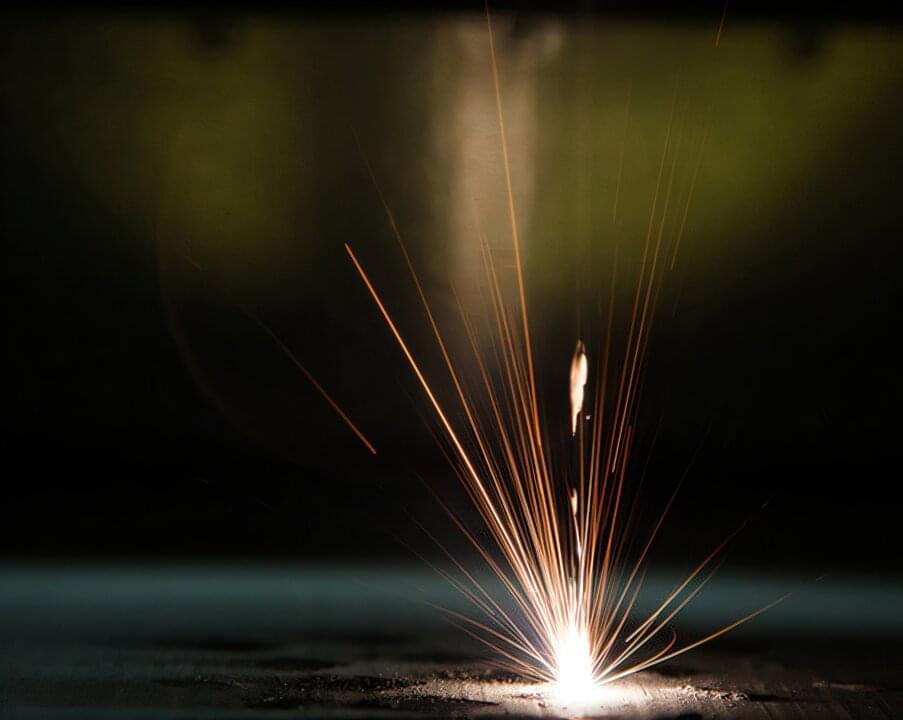
With the ability to print metal structures with complex shapes and unique mechanical properties, metal additive manufacturing (AM) could be revolutionary. However, without a better understanding of how metal AM structures behave as they are 3D printed, the technology remains too unreliable for widespread adoption in manufacturing and part quality remains a challenge.
Researchers in Lawrence Livermore National Laboratory (LLNL)’s nondestructive evaluation (NDE) group are tackling this challenge by developing first-of-their-kind approaches to look at how materials and structures evolve inside a metal AM structure during printing. These NDE techniques can become enabling technologies for metal AM, giving manufacturers the data they need to develop better simulations, processing parameters and predictive controls to ensure part quality and consistency.
“If you want people to use metal AM components out in the world, you need NDE,” said David Stobbe, group leader for NDE ultrasonics and sensors in the Materials Engineering Division (MED). “If we can prove that AM-produced parts behave as designed, it will allow them to proliferate, be used in safety-critical components in aerospace, energy and other sectors and hopefully open a new paradigm in manufacturing.”


Researchers at the Fritz Haber Institute of the Max Planck Society, in collaboration with the Max Planck Institute of Chemical Energy Conversion and Clariant have unveiled new insights into the complex catalyst systems used in industrial ammonia production. By examining the structural evolution of these catalysts, the study highlights the critical role of promoters in enhancing performance and stability.
The Haber-Bosch process, a cornerstone of industrial ammonia production, has remained largely unchanged for over a century. However, researchers at the Departments of Inorganic Chemistry and Interface Science of the Fritz Haber Institute, the Max Planck Institute for Chemical Energy Conversion, and Clariant have made significant strides in the mechanistic understanding of the highly complex industrial catalyst that drives this process.
By using advanced characterization techniques like operando scanning electron microscopy and near-ambient pressure X-ray photoelectron spectroscopy, the team has decoded the complex interactions within multi-promoted ammonia synthesis catalysts.
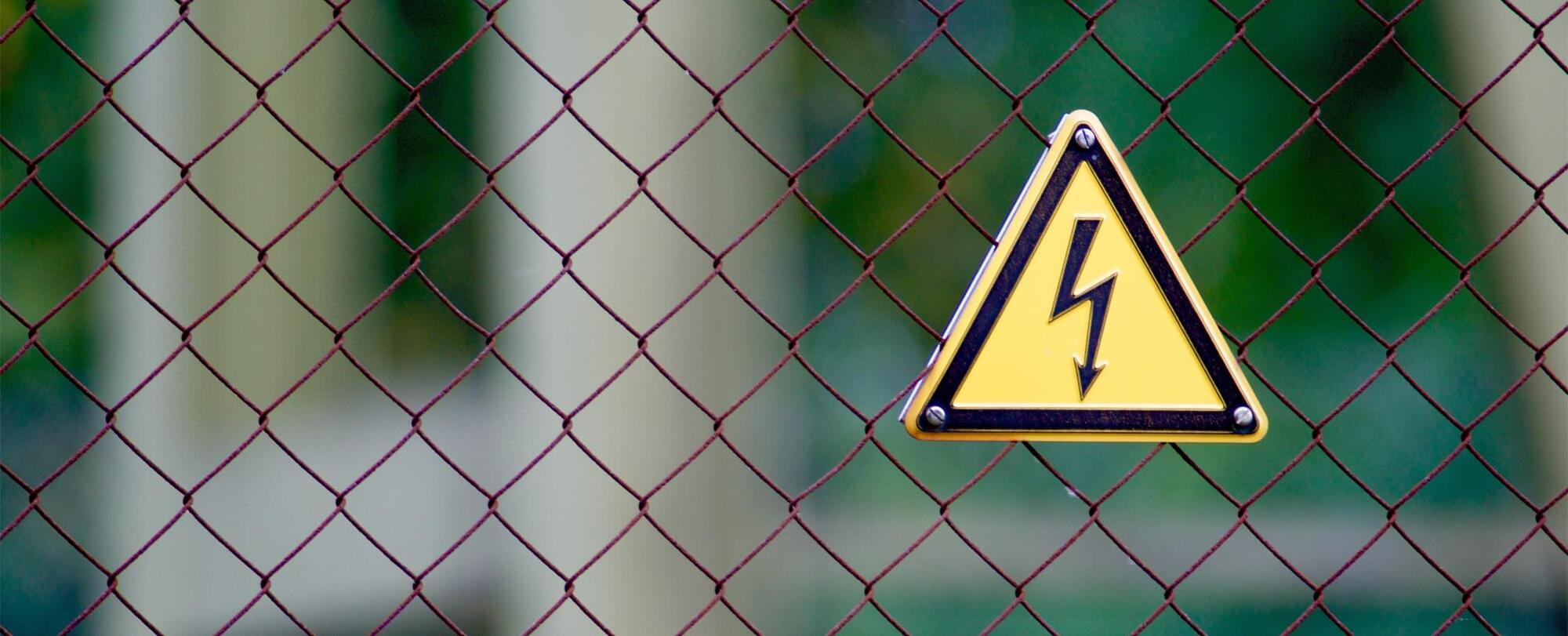
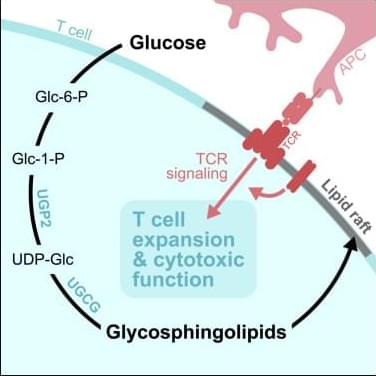
Glucose controls CD8+ T cell function.
The researchers demonstrate that in CD8+ effector T cells, glucose metabolism extends beyond energy production by fueling glycosphingolipid (GSL) biosynthesis, a pathway critical for T cell expansion and cytotoxic function.
The authors show that CD8+ effector T cells use glucose to synthesize uridine diphosphate-glucose (UDP-Glc), a precursor for glycogen, glycan, and GSL biosynthesis. Inhibiting GSL production impairs CD8+ T cell expansion upon pathogen challenge.
Mechanistically, we show that glucose-dependent GSL biosynthesis is required for plasma membrane lipid raft integrity and optimal T cell receptor (TCR) signaling. https://sciencemission.com/Glucose-dependent-glycosphingolipid-biosynthesis
Glucose is required for T cell proliferation and function, but its key metabolic fates in vivo are not well defined. Longo et al. demonstrate that in CD8+ effector T cells, glucose metabolism extends beyond energy production by fueling glycosphingolipid biosynthesis, a pathway critical for T cell expansion and cytotoxic function.
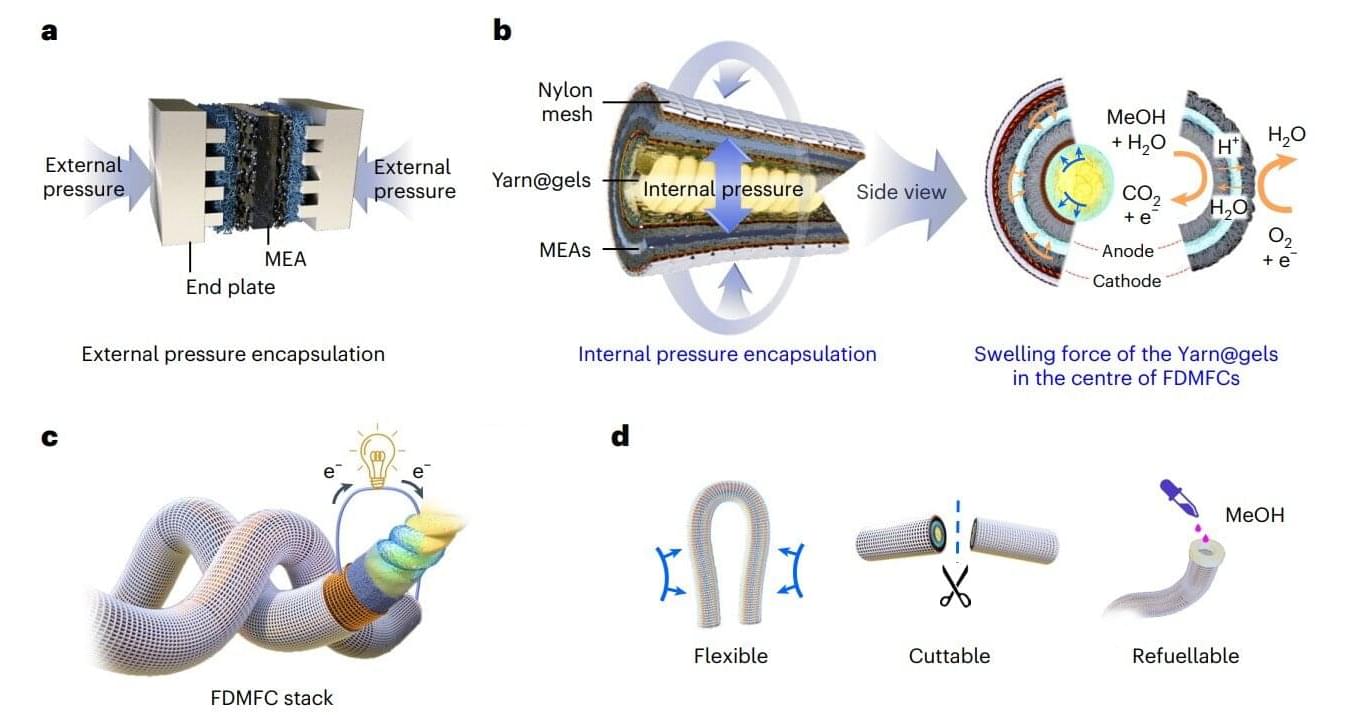
Cotton-based fiber fuel cells can now convert methanol into electricity while sustaining peak power density through 2,000 continuous flex cycles. This breakthrough paves the way for safe, high-performance power sources for flexible electronics and wearable devices.
Researchers at Soochow University developed fiber-shaped direct methanol fuel cells (FDMFCs) using gel-encapsulated woven yarns. These “Yarn@gels” employ an adaptive internal pressure strategy, where the natural swelling of cotton fibers within the gel matrix generates pressure to keep the cell components tightly bound, removing the need for bulky, rigid parts. The result is a fuel cell that is flexible, cuttable, water-resistant, and quick to refuel in just one minute.
The findings of this study are published in Nature Materials.
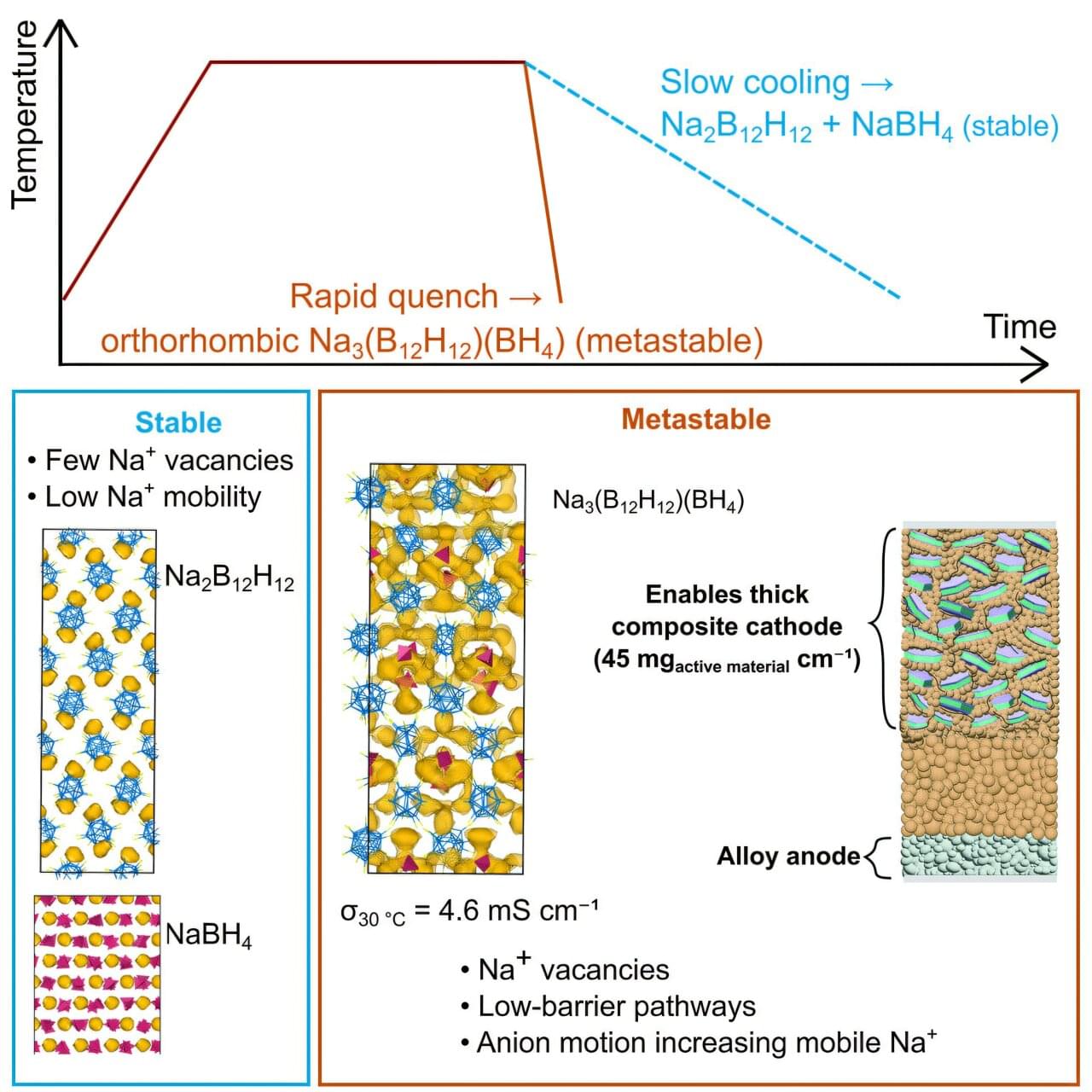
All-solid-state batteries are safe, powerful ways to power EVs and electronics and store electricity from the energy grid, but the lithium used to build them is rare, expensive and can be environmentally devastating to extract.
Sodium is an inexpensive, plentiful, less-destructive alternative, but the all-solid-state batteries they create currently don’t work as well at room temperature.
“It’s not a matter of sodium versus lithium. We need both. When we think about tomorrow’s energy storage solutions, we should imagine the same gigafactory can produce products based on both lithium and sodium chemistries,” said Y. Shirley Meng, Liew Family Professor in Molecular Engineering at the UChicago Pritzker School of Molecular Engineering (UChicago PME). “This new research gets us closer to that ultimate goal while advancing basic science along the way.”
